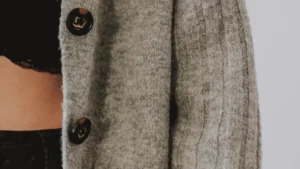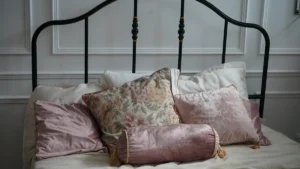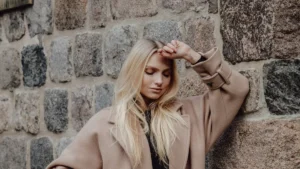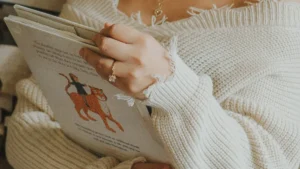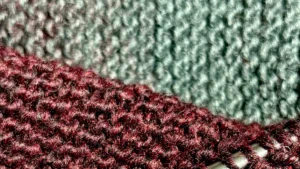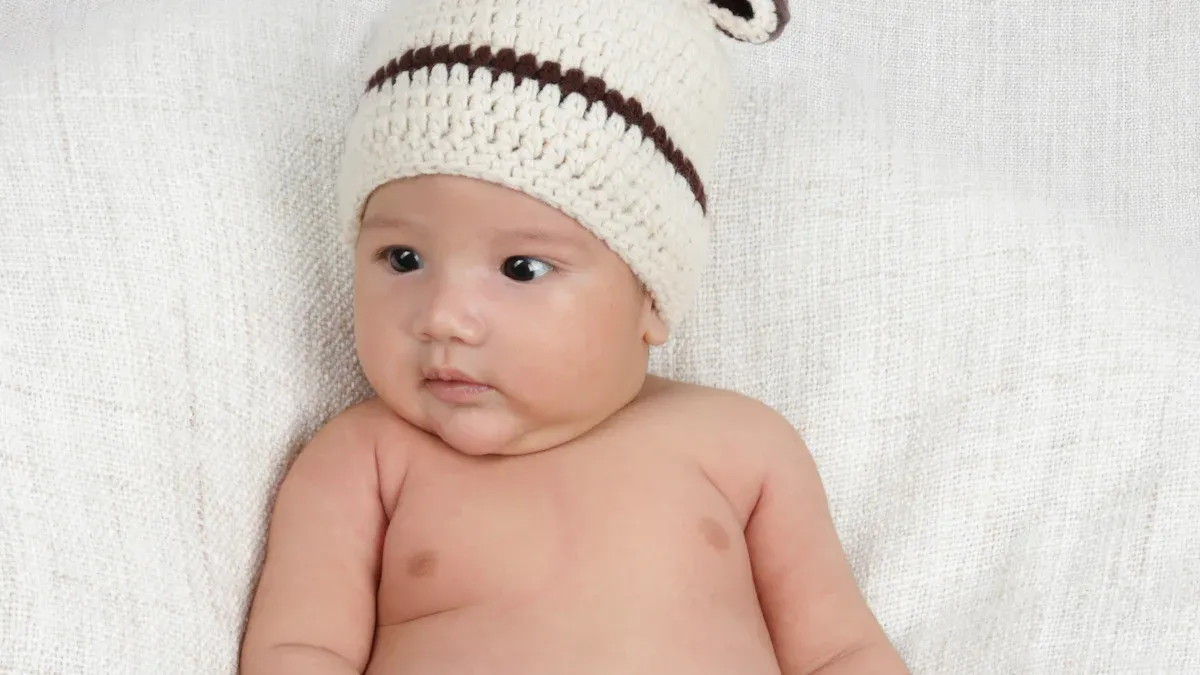
You want your baby to have the best. Spanish knit is known for comfort and safety. Spanish knit uses soft yarns that feel gentle on your child’s skin. Many parents choose Spanish knit for babywear because it blends traditional and modern styles. Spanish knit babywear features classic designs that always look stylish. Spanish knit keeps kids warm while allowing breathability. This makes Spanish knit a great choice for baby and kids’ clothes. You can see the quality in every stitch of Spanish knit garments.
Key Takeaways
Spanish knitwear uses soft, natural fibers like cotton and wool. These fibers help babies feel comfortable. They also protect babies from skin irritation.
Handmade craftsmanship and strong stitching make Spanish knitwear last a long time. It stays nice even when worn every day.
Classic designs have fine details like embroidery and lace. These details give Spanish knitwear a stylish and timeless look.
Choosing Spanish knitwear helps local artisans. It also supports eco-friendly practices that protect the earth.
Proper care is important for Spanish knitwear. Gentle washing and flat drying keep it soft and beautiful for many years.
Unique Qualities
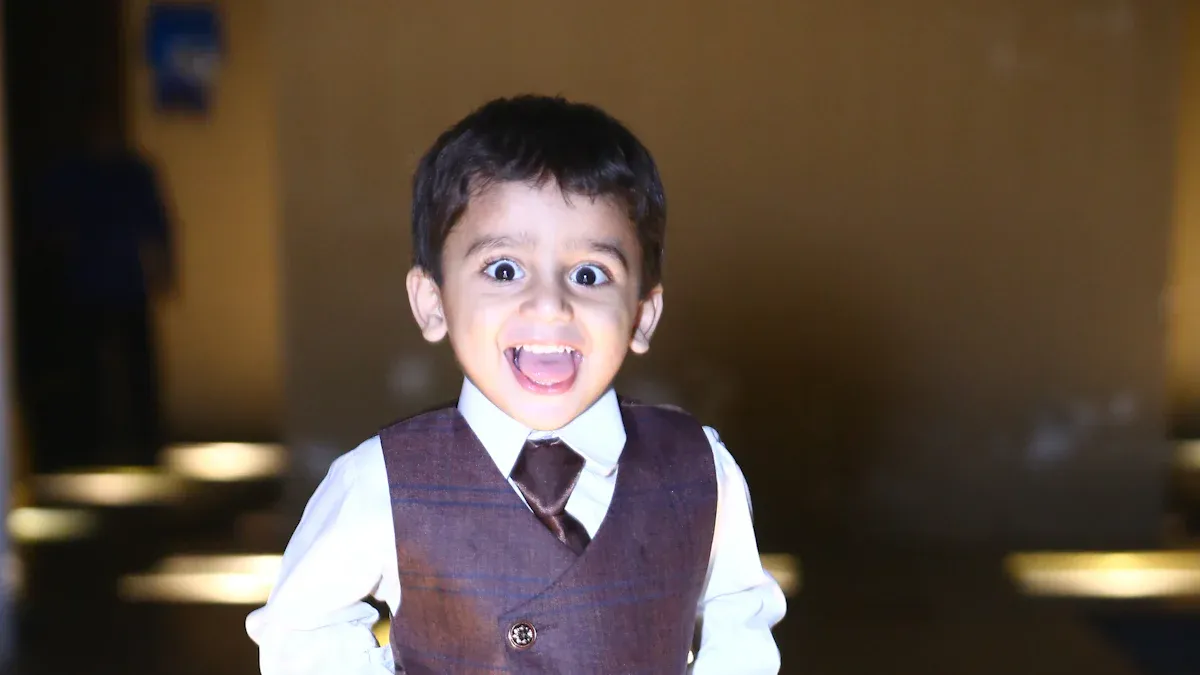
Premium Materials
When you pick Spanish knit for your child, you get some of the softest and safest fabrics. Spanish knitwear brands use natural fibers like cotton, linen, and wool. These materials feel gentle on sensitive skin and help stop irritation or allergies. Spanish knit often uses organic cotton and bamboo rayon. Both are breathable and strong. These choices make baby knitwear sets comfy for daily use.
Many Spanish knit brands have OEKO-TEX certifications, like STANDARD 100 Class I. This label means the clothes do not have over 300 harmful chemicals. You can trust your child’s sweaters and 3 piece sets are safe and gentle. The MADE IN GREEN label also shows the products come from responsible supply chains.
Here is a quick look at the most common fabrics used in Spanish knitwear for babies and children:
Fabric Type | Description & Use | Softness & Safety Characteristics | Comparison Notes with Other Countries’ Materials |
|---|---|---|---|
Lawn Cotton | Fine cotton, used for baby clothes | Very soft, breathable, dries fast | Preferred for softness worldwide |
Voile | Gauze-like cotton for dresses | Soft, lightweight, breathable | Used globally |
Broadcloth | Smooth cotton or blend | Soft, lustrous, good for gowns | Cotton preferred for babies everywhere |
Handkerchief Linen | Lightweight linen or blend | Soft, elegant, suitable for christening | Linen blends reduce wrinkling, used internationally |
Muslin | Cotton in various weights | Very soft, breathable, used for swaddles | Preferred for breathability worldwide |
Batiste | Cotton open weave | Very soft, comfortable, lightweight | Popular for baby dresses globally |
Eyelet Cotton | Embroidered cotton for dresses and trims | Soft, decorative, breathable | Used for comfort and style internationally |
Jersey Knit Fabric | Stretchy cotton knit | Soft, allows movement and growth | Preferred for children’s clothing globally |
Bamboo Rayon | Rayon from bamboo cellulose | Ultra soft, non-allergenic, thermal regulating | Popular for sensitive skin worldwide |
Fleece | Synthetic, warm | Soft, moisture-wicking, washable | Used for winter wear globally |
Microfiber Fabrics | Synthetic, very soft | Suitable for sensitive skin | Newer option, used internationally |
Tip: Always look for OEKO-TEX or MADE IN GREEN labels when shopping for cute knitwear sets. These labels help you make safe choices for your child.

Craftsmanship
Spanish knitwear is special because of its old, handmade ways. Artisans use triple-thread knitting with 100% Spanish merino wool. This makes fabric that feels soft, warm, and strong. Many pieces use the double rice stitch. This adds texture and helps the clothes last longer.
Family-run ateliers in Spain often make each piece by hand. This careful work means every item gets special care. You can see the difference in the even stitches and smooth finishes. Spanish knitwear often lasts longer than clothes made in big factories. If you wash these clothes by hand and dry them flat, they stay soft and nice for years.
Triple-thread knitting makes the fabric warm and tough.
Double rice stitch adds texture and strength.
Local, non-mulesed wool helps animal welfare and quality.
Handcrafted work makes each piece special.
Spanish Knit Details
You will see special details in Spanish knit that make it different. Classic shapes, fine knits, and simple colors give these clothes a timeless look. Many designs have lace trims, smocking, and hand-embroidered touches. These details show Spain’s rich textile history and family traditions.
Designers often use patterns like flowers, snowflakes, and mother-of-pearl buttons. These details make each piece feel special and connect your child to Spanish culture. The finishing touches, like lace and embroidery, show the care and skill of the makers.
Classic shapes and fine knits give a timeless style.
Hand-knitting and embroidery add unique charm.
Traditional patterns and natural fabrics honor Spanish heritage.
Sustainable and ethical work supports local artisans.
Spanish knitwear mixes tradition with modern needs. You get clothes that look nice, feel comfy, and last through many washes and wears. When you choose Spanish knit, you give your child a piece of cultural history and quality work.
Spanish Knitwear Tradition

Heritage
Spanish knitwear has a long history. People started knitting in Spain almost 1,000 years ago. Early knitters learned from Arabic people. Old royal tombs have silk-knit pillows from the 11th century. Knitting became an important skill over time. The Catholic Church used knit clothes for special events. Paintings from the 1300s show women knitting at home. This means knitting became part of daily life. Guilds and royal families helped knitters grow their craft. The Industrial Revolution brought new machines for making clothes. Factories made more knitwear, but families kept handcrafting. Today, you can see this long story in Spanish knitwear. The tradition changed from luxury to everyday use. Spanish knitwear mixes art and industry. Each piece connects you to a history that is hundreds of years old.
Local Artisans
Local artisans are very important for Spanish knitwear. Many family-owned ateliers are found all over Spain. These skilled people use old techniques from their families. They work with wool and cotton from local farms. This helps the environment and the community. Artisans do every step, from spinning yarn to the last stitch. Their work makes sure each piece is strong and high quality.
Artisans use old ways to make special clothes.
They pick local, earth-friendly materials for each item.
Their skills keep Spanish traditional children’s clothes alive.
Brands like babaà depend on these artisans for slow fashion.
Buying these clothes helps local jobs and fair work.
Note: Local artisans follow strict European rules for cotton and wool. This means your child gets safe and green clothing.
Timeless Style
Spanish knitwear always looks stylish. Designers mix old shapes with new ideas. Some collections use styles from history, like the Regency era. They add fun details for comfort. You might see embroidery, lace, or ruffles with soft fabrics. Brands like Paz Rodriguez show how old styles can feel new. They use cotton, cashmere, and merino wool for nice and comfy outfits.
Spanish knitwear stands out because it respects the past. It also fits what kids need today. The designs mix old memories with fun, making each piece unique. Dressing your child in Spanish knitwear gives them clothes that always look good. It also connects them to a rich history and quality tradition.
Popularity
Global Appeal
Spanish babywear is getting popular in many countries. Parents want clothes that are soft and safe for kids. Spanish knitwear is special because it mixes comfort, style, and tradition. Spain has sent lots of knitwear to places like Ecuador, Ukraine, and Chile. From 2021 to mid-2024, Spain shipped 474 orders of children’s knitwear. Between September 2023 and August 2024, exports grew by 967%. This means more families want these clothes for their kids. Spain is not the biggest exporter, but its influence is growing.
Spanish knitwear is different from factory-made babywear. Parents in many countries pick these clothes for their quality and charm.
Exclusivity
You may wonder why Spanish babywear feels so unique. There are a few reasons these clothes stand out:
Traditional craftsmanship, often handmade or made in small, family-run factories with years of experience.
High-quality materials, such as soft cotton and delicate knits, create garments that feel gentle on your child’s skin.
Timeless and elegant designs blend old-world skills with modern style, making each piece unique.
Ethical and sustainable practices, including local materials and eco-friendly dyes, add to the value.
Small production runs keep these clothes rare and maintain high standards.
When you pick Spanish babywear, your child gets something special. These clothes are not found everywhere.
Trends
Spanish knitwear often starts new trends in kids’ fashion. Designers mix classic styles with new ideas. Kids always look stylish in these clothes. Many brands use soft colors, simple shapes, and fun details. Parents like these trends for both parties and daily wear. Spanish babywear inspires other brands to copy its style. You can trust these clothes to keep your kids comfy and looking good.
Practical Benefits
Comfort
You want your baby to feel safe and cozy. Spanish knitwear uses soft yarns that keep your child comfortable all day. The natural fibers help skin breathe and prevent irritation. Many parents notice that their children stay warm without overheating. The gentle touch of these clothes makes them perfect for sensitive skin. When you dress your baby in Spanish knit, you give them a soft layer that moves with them. Even toddlers cardigans feel light and never bulky. Your child can play, nap, or explore while feeling snug and free.
Durability
Spanish knitwear stands out for its strength. You can trust these clothes to last through many washes and wears. Artisans use strong stitches and high-quality yarns. This means your baby’s favorite sweater will not lose shape or softness quickly. Spanish knitwear resists pilling and stretching, so it looks new for a long time. You can pass these clothes down to younger children or keep them as keepsakes. The careful work of local makers ensures each piece stays beautiful and useful.
Easy Care
Taking care of Spanish knitwear is simple if you follow a few steps. You help your garments last longer by treating them gently.
Use mild detergents made for delicate fabrics.
Dry sweaters flat instead of using a dryer.
Do not hang sweaters to dry, as this keeps their shape.
Dry clothes outdoors in fresh air to keep the fabric strong.
For elastic garments, you can follow these steps:
1. Wash with cold or lukewarm water to protect elastic fibers.
2. Avoid bleach and harsh detergents that can damage elasticity.
3. Store folded, not hanging, to prevent stretching.
4. Check regularly for signs of wear to keep quality high.
Tip: Gentle care helps your baby’s knitwear stay soft and safe for everyday use.
Choosing Spanish Knit
Selection Tips
When you buy Spanish knitwear, you want the best. Here are some easy tips to help you pick good clothes:
Touch the fabric. It should feel soft and comfy for kids.
Pick clothes made from nice cotton or gentle fibers. These help stop rashes and itchy skin.
Look at the stitches. Good clothes have neat stitches and smooth edges. Skilled workers make these details look great.
Choose colors and prints that do not fade after washing.
Pick styles and textures that look nice and match your child’s skin.
Make sure the clothes feel good to wear. Kids are happier in comfy clothes.
Stay away from clothes with bad chemicals or dyes. These can be unsafe for your child.
Try to find eco-friendly fabrics like organic cotton, bamboo, or linen.
Pick brands that tell you how and where they make their clothes.
Choose brands with safety labels, like OEKO-TEX or Bluesign.
Support brands that treat workers fairly and do not use sweatshops.
Tip: Always look for labels that show the clothes are safe and made with care.
Care Guide
You want your Spanish knitwear to last a long time. Follow these steps to keep each piece nice:
Wash in cold or warm water with gentle soap.
Lay flat to dry. This keeps the shape and softness.
Do not use bleach or strong chemicals.
Fold and store in a drawer, not on hangers, to stop stretching.
Check the care label. Some clothes need hand washing.
A little extra care helps your child’s favorite sweater stay pretty for years.
Authenticity
You can find both handmade and machine-made Spanish knitwear. Handmade pieces come from one person who does everything, from picking yarn to finishing the item. These pieces often use special yarns like mohair, alpaca, or leftover cotton. This makes each one look and feel different. Machine-made knitwear, from big brands, uses machines for perfect shapes and smooth designs. Both types are good quality, but handmade ones are special because of their personal touch and unique feel.
Feature | Handmade Knitwear | Machine-made Knitwear |
|---|---|---|
Who Makes It | One artisan/designer | Factory team and machines |
Fiber Selection | Carefully chosen, unique yarns | Standardized, consistent fibers |
Appearance | Unique, artisanal look | Precise, seamless, consistent |
Production Scale | Small batches, limited editions | Large scale, mass production |
When you pick spanish baby clothing, look for clear info about how and where it was made. Real brands share their story and are proud of their work.
Spanish knitwear is special for babies and kids. It gives great quality, comfort, and classic style. Parents like these clothes because they are soft and safe for sensitive skin. The stitching is strong, and the designs are useful for every day.
Choosing brands with organic cotton and recycled fabrics helps the earth. These choices make less waste and pollution.
Local Spanish makers work slowly and carefully. They use ways that save natural resources.
When you buy artisan-made knitwear, your child gets safe and stylish clothes. You also help keep old skills alive for the future.
FAQ
What makes Spanish knitwear safe for babies?
Spanish knitwear uses natural fibers and safe dyes. These dyes have OEKO-TEX certification. This means there are no harmful chemicals. Artisans follow strict European safety rules. Your baby’s skin stays safe and comfy.
How do you care for Spanish knitwear?
Wash Spanish knitwear in cold or warm water. Use gentle soap for washing. Lay each piece flat to dry. Do not use bleach or strong chemicals. Always check the care label for special steps.
Can Spanish knitwear be worn year-round?
Yes! Spanish knitwear uses cotton and lightweight wool. These fabrics let air move through. Your child stays cool in summer. They stay warm in winter. You can add layers for extra comfort.
Why choose handmade over machine-made knitwear?
Handmade knitwear has special details and a personal touch. Artisans use unique yarns and careful stitches. Each piece feels different from others. Machine-made clothes look the same. Handmade items show more tradition and character.




